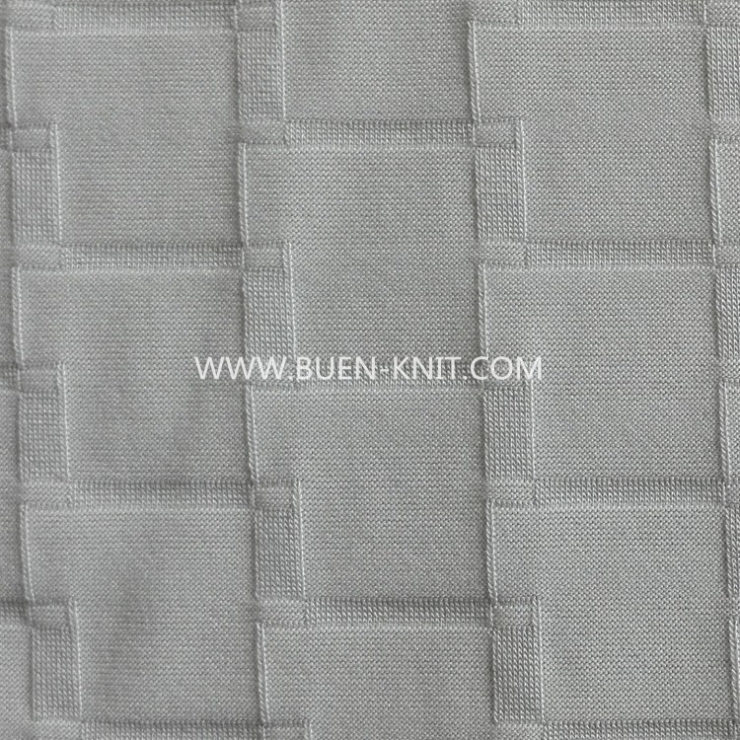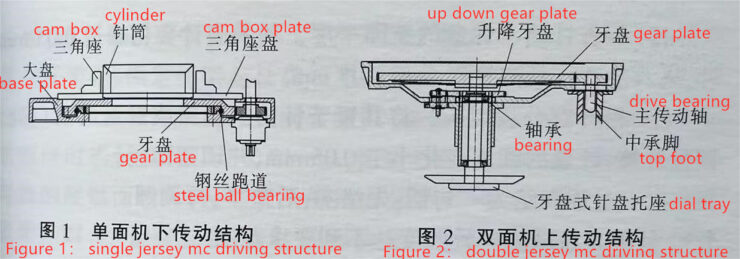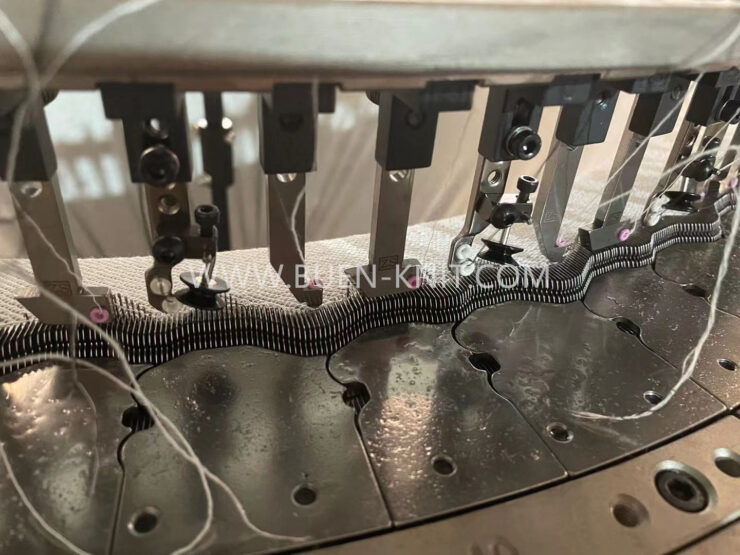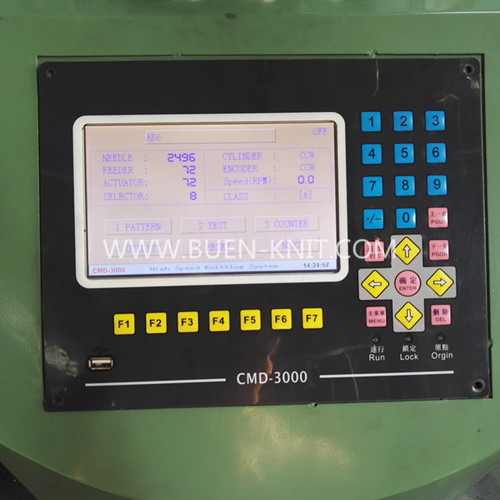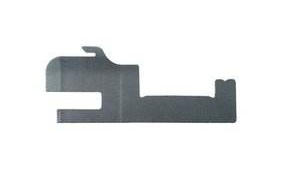Changes of dimension after knitting can create major problems in garments and fabrics, expecially those produced from hydrophilic fibers such as wool and cotton.Articles knitted from synthetic thermoplastic fibers such as nylon and polyester can be heat-set to a shape or to dimensions that are retained unless the setting conditions are exceeded during washing and wearing.
In the case, of wool fibers, dimensional changes can be magnified by felting shrinkage. When untreated wool fibers are subjected to mechanical action in the presence of moisture, the elasticity and unidirectional scale structure of the fibers causes them to migrate and interlock into a progressively closer entanglement.
Eventually, the density of the felted fabric restricts further fiber movement but, long before this point, the fabric properties(including appearance) will have been severely impaired. Fortunately, it is now possible to achieve a shrink/felting-resist finish in wool yarns during spinning so that, as with cotton yarns, little yarn shrink-age will occur during washing and wearing.
Knitted fabrics tend to change dimensions in width and length after being taken off the machine, even without yarn shrinkage, indicating a change of loop shape rather than of loop length. During knitting, the loop structure is subjected to a tension of approximately 15-25 grams per needle from sources such as the take down mechanism and, in the case of fabric machines, the width stretcher board.Unless the structure is allowed to relax from its strained and distorted state at some time during manufacture, the more favourable conditions for fabric relaxation provided during washing and wearing will result in a change of dimensions, leading to customer dissatisfaction.
A satisfactory relaxation technique applied during the finishing of cotton fabric in continuous length form is the compacting or compressive shrinkage technique. The fabric is passed between two sets of roller nips, with the feed rollers turning at a faster rate than the withdrawing rollers so that the courses are pushed towards each other and the fabric is positively encouraged to shrink in length. This technique can create difficulties with interlock fabric, which tends to buckle outwards three-dimensionally to produce ripples on the surface known technically as “orange peel”.

